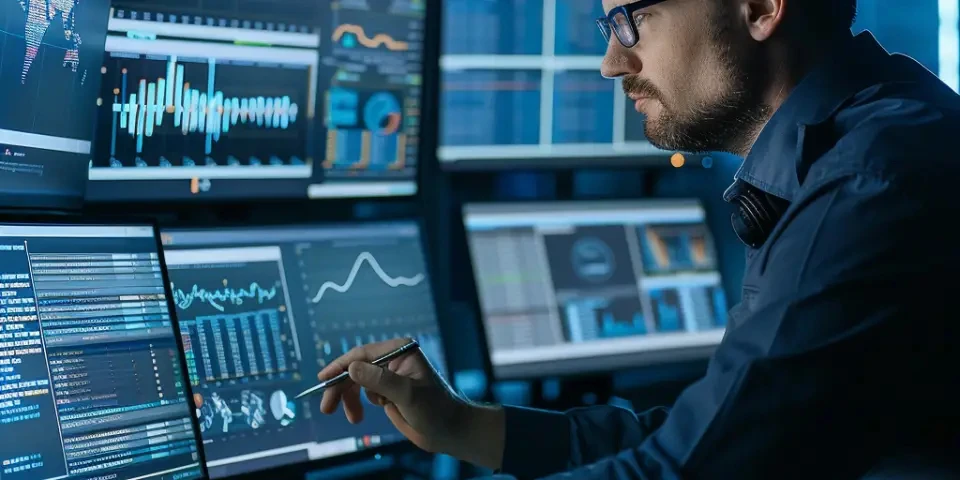AI Doodle How Machine Learning is Transforming the Way We Sketch and Draw
Artificial Intelligence (AI) has been revolutionizing various industries, and the art world is no exception. Machine learning algorithms are now transforming the way we sketch and draw, making it more accessible, efficient, and even enhancing our creative abilities. In this article, we will delve into the exciting advancements in AI doodling and explore how it is changing the art landscape.
1. Automating the Sketching Process
Traditionally, sketching has been a manual and time-consuming process. However, with AI-powered tools like Google's AutoDraw, artists can now quickly transform their rough doodles into refined sketches. AutoDraw suggests relevant drawings as users sketch, saving time and streamlining the artistic process.

Additionally, AI algorithms can analyze existing sketches and automatically complete unfinished parts, providing artists with suggestions based on their style or the intended subject. This automation reduces the effort required for sketching and empowers artists to focus more on their creative expression.
2. Enhancing Creativity with AI Assistance
AI is not limited to automating the sketching process; it also serves as an assistant to enrich an artist's creativity. Programs like DeepDream use neural networks to transform ordinary sketches into surreal and imaginative artwork, pushing the boundaries of artistic expression.
AI can also generate artistic inspiration by analyzing vast collections of artwork and providing suggestions or variations for artists to explore. By helping artists discover new techniques, styles, and perspectives, AI assists in the development of their artistic vision.
3. Improving Sketch Understanding
Machine learning algorithms have significantly advanced in understanding the content of sketches. This enables AI-powered tools to categorize, search, and organize sketches based on various elements, such as objects, themes, or artistic styles.
Furthermore, AI can now analyze and understand hand-drawn sketches in real-time, providing instant feedback on proportion, symmetry, and perspective. This feedback helps artists refine their sketches, improving their technical skills and overall artistic quality.
4. Translating Doodles into Professional Art
Doodles are often simple and spontaneous drawings that hold artistic potential. With the help of AI, these doodles can be transformed into professional-level artwork. An example is the Sketch2Real project, where machine learning algorithms analyze doodles and generate hyper-realistic renderings of the intended subjects.
This application of AI allows artists to explore their ideas and concepts more freely, as the translation from doodle to final artwork becomes more efficient and accurate.
5. Collaborative AI Sketching
AI is not limited to assisting individual artists; it can also facilitate collaborative sketching. Tools like Google's AutoDraw can detect multiple users sketching simultaneously and provide relevant suggestions for each person independently.
Collaborative AI sketching opens up new possibilities for group creativity, enabling artists to build upon each other's ideas and create collaborative artworks effortlessly.
6. From 2D to 3D Sketching
AI algorithms are pushing the boundaries of sketching by extending it into the third dimension. Tools like Sketch2CAD allow artists to sketch in 2D and automatically generate accurate 3D models based on their sketches.
This advancement in 3D sketching provides a bridge between traditional and digital art forms, allowing artists to quickly visualize their ideas in immersive virtual environments.
7. Creating Personalized Art Experiences
AI-powered software can analyze an individual's sketching style and preferences, enabling personalized art experiences. Applications like淗ow Normal Am I??let users doodle various objects, and AI analyzes their unique sketching traits to create a personalized aesthetic report.
This customization not only enhances the user's artistic journey but also provides valuable insights about their own artistic tendencies and potential areas for improvement.
8. Facilitating Art Education
AI doodling tools are revolutionizing art education by providing accessible and interactive platforms for learning and practicing. Students can receive instant feedback, analyze their progress, and access a vast library of AI-generated tutorials tailored to their skill level.
This democratization of art education opens doors for aspiring artists worldwide, enabling them to learn and improve their skills without the need for extensive resources or traditional art institutions.
Frequently Asked Questions:
Q: Can AI replace traditional artists?
A: While AI can assist and enhance the creative process, the unique human perspective and emotion in art cannot be replicated by machines. AI is a tool to empower artists, not to replace them.
Q: Are there any risks associated with AI doodling?
A: As with any AI technology, there are concerns around data privacy and bias in AI-generated content. It is important to ensure ethical practices and transparency in the development and use of AI doodling tools.
Q: Are AI doodling tools only for professional artists?
A: No, AI doodling tools cater to artists of all skill levels. They provide a platform for beginners to learn and experiment, while also offering advanced features for professional artists to explore new frontiers in their creativity.
References:
1. "AI-Assisted Drawing: How (Machine) Learning to Sketch Helps You Create" by Jerry Cao on The Next Web.
2. "Machine Learning for Drawing and Painting" by Daniel Shiffman on The Coding Train YouTube Channel.
3. "From Human to Machine: A Review on Deep Learning Sketch Tools" by Hao-Hsiang Yang et al. in Computers & Graphics Journal.
Explore your companion in WeMate